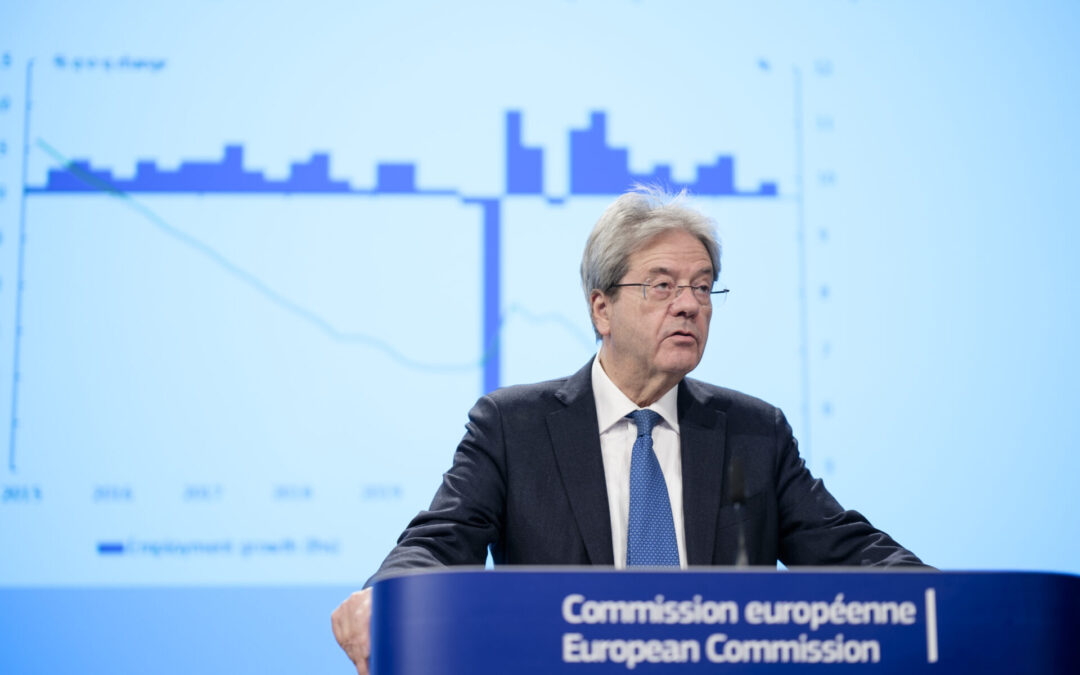Brussels – Ten countries that joined the European Union in 2004 have economically come much closer to the members who were part of the bloc before that. The Gross Domestic Product per capita in 1997, when the group of ten, including Slovenia, began approaching the union, was 44 percent of the GDP of the 14 old members, but last year it reached 79 percent.
As explained by the European Commissioner for Economy, Paolo Gentiloni, the GDP per capita of the new members, expressed in purchasing power standards, was 44 percent of the GDP of the old members in 1997. At that time, the group of ten countries officially began the accession process.
In 2004, when they joined, their GDP per capita was 51 percent of the GDP of 14 existing members, but last year it reached 79 percent, the Commissioner stated.
Brussels has also made projections for the next ten years. They expect that in 2033 the difference will only be eight percentage points.
The Slovenian GDP per capita, expressed in purchasing power standards, was slightly below the EU average last year – it was 91 percent of the average, which is one percentage point more than the year before. Among the members joined in 2004, only Malta and Cyprus had higher GDP per capita, according to data published by Eurostat at the end of March.
The Commission conducted the analysis as part of the spring economic forecast, in which it raised the forecast for Slovenia’s GDP growth for this year from 1.9 to 2.3 percent, and for 2025 it lowered it from 2.7 to 2.6 percent. The inflation forecast for this year was lowered compared to the February estimate to 2.8 percent, and for next year it was raised to 2.4 percent. (May 15)
 go to the original language article
go to the original language article
